Developing Port Infrastructure in the North
KEY CONCLUSIONS
The Arctic is developing rapidly
“In the Arctic, we’re seeing transformation on a scale that we could not have even predicted 10 years ago. <...> All of Asia and Europe's leading economists are participating in some way or another in what's going on in the Arctic,” Ólafur Ragnar Grímsson, Chairman, Arctic Circle.
“The Russian Arctic is developing at a rapid pace. If we, for example, look at Canada’s northern coastline, from the point of view of what was done there in the past 10 years in terms of port infrastructure, and then look at Russia, we see a significant difference,” Mikhail Bazhenov, Partner, Capital Projects & Infrastructure, Debt Advisory Leader, PwC.
“18 ports are located in the Arctic zone. Six of them are located along the Northern Sea Route. In 2018, the throughput of these ports was 92 million tonnes – an increase of 27% compared to 2017. <...> In the larger ports in Murmansk Region, in Sabetta, in Arkhangelsk, we’re seeing the creation of full-scale maritime safety systems, including systems for controlling the movement of ships,” Andrey Lavrischev, General Director, Rosmorport.
PROBLEMS
Insufficiently developed northern port infrastructure
“The installed [seaport – Ed.] machinery is insufficient, there aren't enough dockers, loading and unloading machinery, and, of course, people to run all of these things,” Ruslan Davydov, First Deputy Head, Federal Customs Service of Russia.
“The infrastructure of a northern seaport must not only be focused on transit, on the passage of ships, refueling, bunkering, and resupply. There must also be a focus on convenience, on the logistics of tried and affordable routes for the movement of goods and cargo, for both export and the mainland,” Ruslan Davydov, First Deputy Head, Federal Customs Service of Russia.
Lack of financing
“Without private investment, without investments from large corporations, the Arctic will not develop,” Pavel Seleznev, Chairman, Public-Private Partnership Development Center; Chairman of the Board of Directors, Avtodor-Invest.
“The infrastructure of the Arctic requires enormous investments. The NOVATEK investment programme plans to invest around RUB 2.5 trillion up to 2030,” Eduard Gudkov, Deputy Chairman of the Management Board, NOVATEK.
Insufficient tariff setting systems
“There needs to be a long-term tariff setting system, that allows us to know what the tariffs will be in a year, or two, or three. And this [tariff setting system – Ed.] must factor in approximate inflation, because recently the jumps have been rather sizable. We haven't been able to make any investment decisions,” Denis Ilatovskiy, Deputy General Director, Director for Logistics, SUEK.
SOLUTIONS
Organizing year-round navigation and increasing cargo traffic
“The primary objective to 2030 is to create a year-round navigation regime headed eastward. <...> All of these [infrastructure development – Ed.] projects are only economically feasible under year-round navigation conditions,” Vyacheslav Ruksha, Deputy Director General – Director for the Northern Sea Route Directorate, State Atomic Energy Corporation ROSATOM.
“The Russian president has tasked us with increasing cargo traffic to 80 million tonnes in the Arctic by 2025,” Pavel Seleznev, Chairman, Public-Private Partnership Development Center; Chairman of the Board of Directors, Avtodor-Invest.
Creating conditions that are favorable for infrastructure investments
“Building large-scale infrastructure in Arctic seas and coastal territories should be enough, if it works reliably and regularly, to attract a sufficiently large amount of transport traffic from both the West and the East. Because this, first of all, will lower transport costs and increase the satisfaction of freight haulers and transport companies,” Vladislav Onishchenko, Head, Analytical Center for the Government of the Russian Federation.
“We must systematically discuss economic issues. More specifically, we need cooperation between the government and business when it comes to the locations of transport hubs in the Arctic,” Ólafur Ragnar Grímsson, Chairman, Arctic Circle.
“Concession <...> is more attractive to investors from the point of view of guarantees and returns, it allows for the attraction of a larger volume of investment. <...> Over 50% [of the work being done, – Ed.] on port projects in general and in the Arctic is funded through nonbudgetary investments,” Dmitry Tvardovsky, First Deputy General Director, VEB Infrastructure.
“We need to guarantee transparency for all categories of investors. <...> The industrial investor, functional investor, and the region – these three investors need to have lines of communication between each other and with those people that are actually out there building this infrastructure,” Mikhail Konstantinov, Executive Vice President, Gazprombank (Joint Stock Company); General Director, Electronic Trading Platform GPB.

